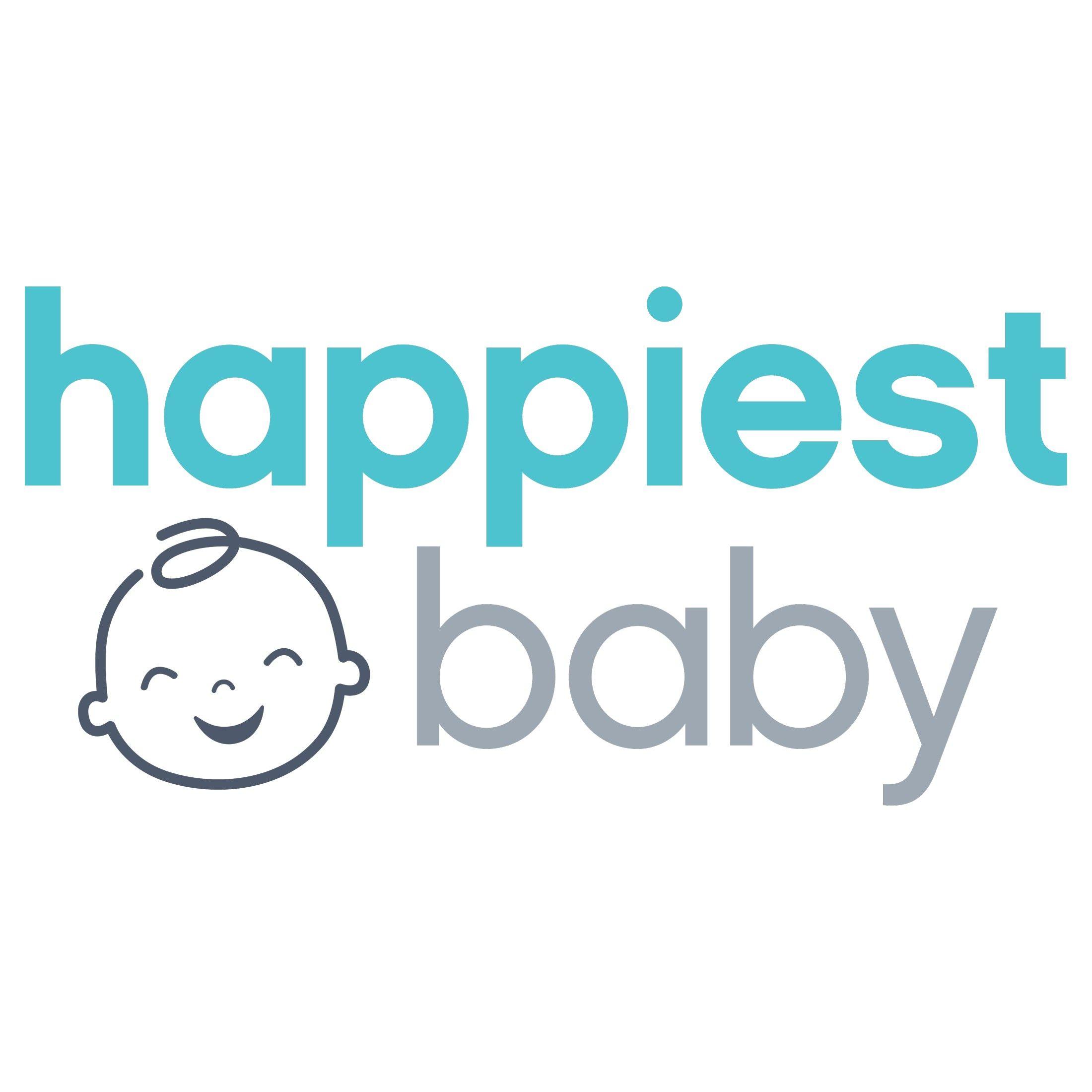BABY
What Are Wake Windows?
Timing is everything…especially when it comes to sleep! Here is how to use wake windows to pinpoint your baby’s ideal sleep schedule.

Written by
Happiest Baby Staff

SHARE THIS ARTICLE
PARENT PICKS
Bestsellers
BABY

Written by
Happiest Baby Staff

SHARE THIS ARTICLE
Bestsellers
If you have ever Googled anything about Baby sleep—from 'When should my baby sleep?' to 'How do I get Baby on a sleep schedule?'—you have likely encountered the buzzy term 'wake windows.' But what the heck is a wake window? And can understanding wake windows really improve your baby’s sleep? Here, we cut through the noise and deliver all you need to know about baby wake windows.
While the term 'wake window' is a modern term, it simply refers to the period of time Baby is awake between sleeps. That is it! A wake window spans from when your baby wakes up to the next time they fall asleep. These days, parents are often advised to keep a keen eye on age-appropriate wake windows, so that perfectly timed nap nirvana can be achieved. The idea being: You do not need to wait for Baby’s sleep cues (like yawning or eye-rubbing) to anticipate a nap. Instead, you learn how long your baby should be awake between sleeps and put them to bed before that wake window slams shut, and you have an overtired baby on your hands.
So many parents wait for lidded eyes, yawns, or for their little one’s head to slump onto their shoulder to know that Baby is ready for sleepytime…but that may be too late! (Being overtired triggers babies’ fight-or-flight response, which unleashes the hormone cortisol that keeps babies alert.) Ideally, you want your baby to go to bed at—or just before—sleepytime cues emerge. While it is true that many tired babies can sleep anywhere, anytime…others can quickly move from happy alertness to exhausted misery in a blink of an eye. And that is why keeping age-appropriate wake windows in mind can help sidestep overtired sleep struggles.
![[object Object]](/_next/image?url=https%3A%2F%2Fcdn.sanity.io%2Fimages%2F301lhh0a%2Fproduction%2Fba927d2c2e2548d50414d79d5c7b2e97edf96b9b-350x350.jpg&w=750&q=75)
Wake windows are a great addition in your baby’s good-sleep toolbox. It can be incredibly helpful to have some sleep expectation! But know that some babies are very predictable (like they were born with a little clock inside their brains), and others have a much less predictable sleep rhythm from day-to-day. Some will barely make it to the low-end of the window, while others may happily eke out more awake time than average. With that in mind, here is how to best use wake windows:
If you are still a little confused, this may help: Say you have got a 4-month-old who just woke from their late morning nap. Start counting the wake window ASAP. (Wake windows begin as soon as your lovebug wakes—not after nursing or bottle feeding.) Using the chart above, you know that your baby will likely be awake between 75 and 120 minutes before they are ready to go down again. That means, just before you hit the 75-minute mark, start paying extra attention to your little one’s 'I’m tired' cues. If your baby yawns at, say, the 90-minute mark, put your baby to bed immediately…and then make a note that your little one should be put to bed about 85 minutes after being awake the next go-round.
A baby’s sleep cues and wake windows work hand-in-hand. Once you start to recognise the signs that your little one is tired and nearing the close of their wake window, you are better equipped to get Baby to bed at the ideal time. Here are some early signs your baby is sleepy:
And here are some later signs that your baby is tired:
Paying attention to your baby’s unique rhythms in the context of wake windows is a great addition to your baby’s good-sleep tool chest…which should include the time-tested 5 S’s for soothing babies for great sleep:
Disclaimer: The information on our site is NOT medical advice for any specific person or condition. It is only meant as general information. If you have any medical questions and concerns about your child or yourself, please contact your health provider. Breastmilk is the best source of nutrition for babies. It is important that, in preparation for and during breastfeeding, mothers eat a healthy, balanced diet. Combined breast- and bottle-feeding in the first weeks of life may reduce the supply of a mother's breastmilk and reversing the decision not to breastfeed is difficult. If you do decide to use infant formula, you should follow instructions carefully.